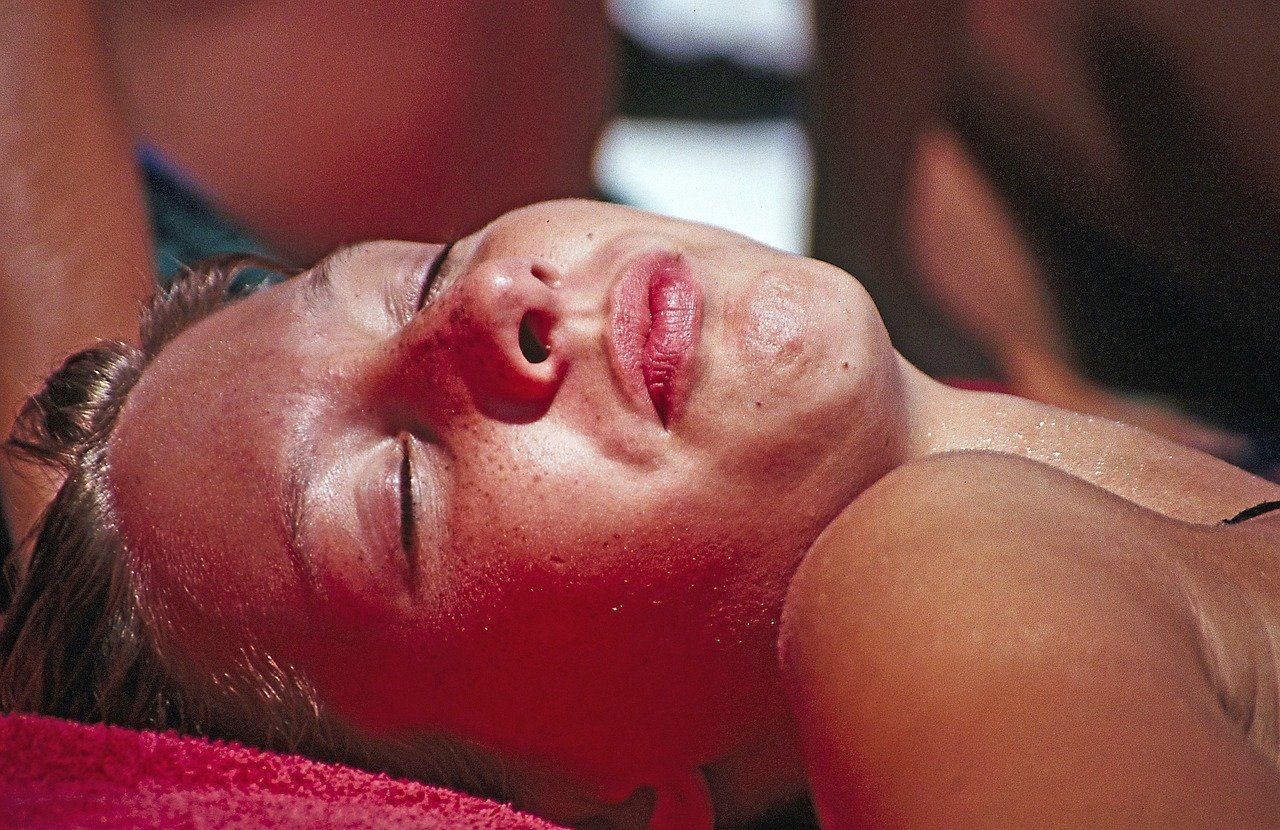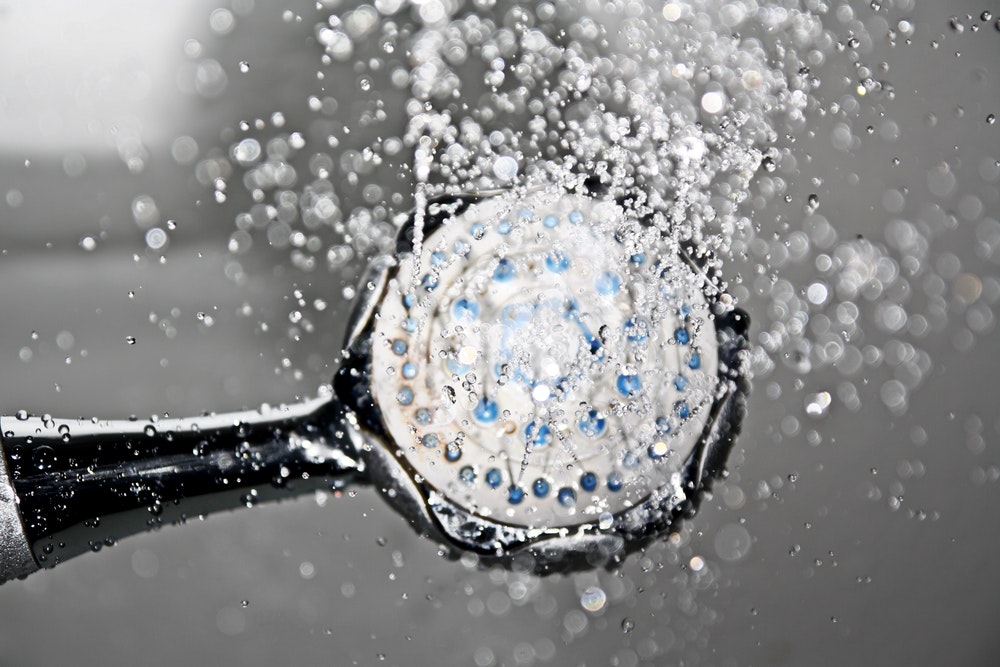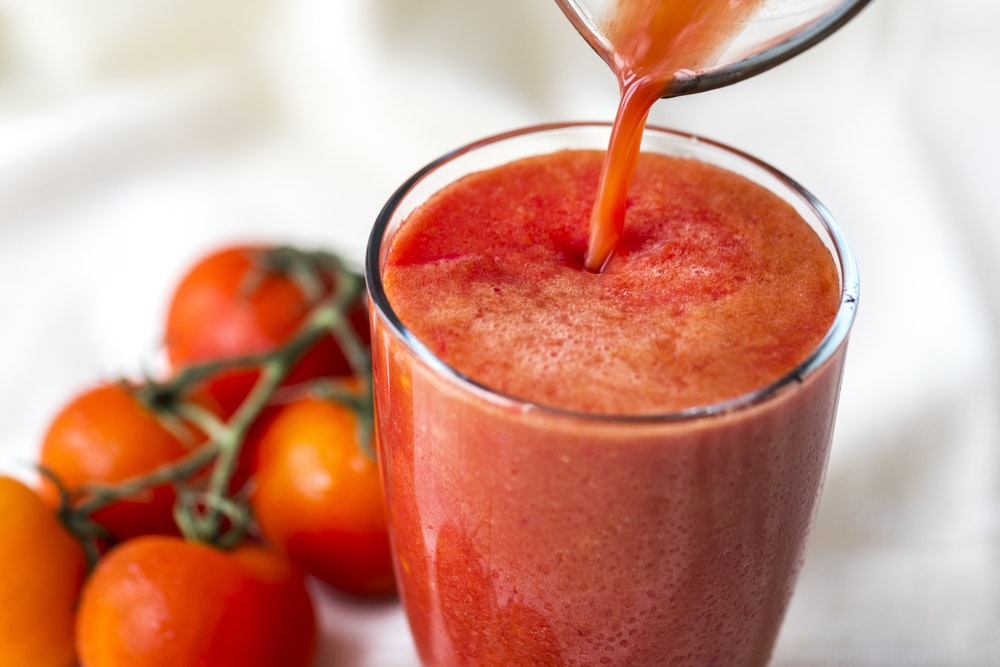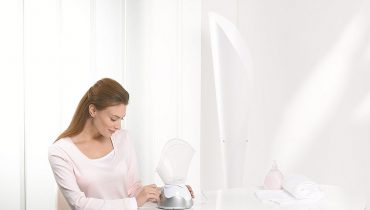When you have experienced a bad sunburn, your skin tone can look uneven after it has peeled, similar to the effects of a chemical peel (but considerably more harmful than this, due to the action of the sun’s rays). You will probably find that once it settles down it will look smooth and fresh again – but how do you get to that stage? How to even out skin tone after peeling?
There are ways to get through that uncomfortable stage in between a burn and a tan, but the best idea is to not get badly burned in the first place! Remember that if you have had bad enough sunburn that your skin has peeled, chances are that the skin deep down has been damaged and this can show in your face for years. Don’t worry though – there are lots of things you can do.
Why does my skin look discoloured?

Skin can look discoloured and blotchy if it has dead skin cells, an uneven tan or burn, or other types of damage. Sun damage is the most common thing that can adversely affect our skin, and countless thousands of us have experienced sunburn and subsequent peeling.
If the skin hasn’t entirely finished peeling, as in the case of a recent sunburn, then it is important to make sure you remove all the dead skin cells before you begin treatment to even out your skin, or the finished result will look blotchy. Do this gently however, and never pick at peeling skin or you could damage the skin which is not actually peeling, thus making the problem worse.
Uneven skin can be temporary, as in the case of a mild sunburn which will get better over time, or it can become more long lasting, if you have a bad case of sunburn which can blister and scar and peel.
There is a lot you can do to improve the quality of your skin, so don’t panic if you are a little uneven. Obviously it’s best to try to avoid getting a bad burn in the first place, but if you are coming to the unsightly end of a long or unexpected sun exposure, then read on for how to even out skin tone after peeling.
Sunscreen
Using a high strength SPF sunscreen regularly will help your skin enormously, as it will prevent damage from the sun. Consider using SPF 30 every time you are planning prolonged sun exposure, and using a daily moisturiser than contains a sunscreen is also a good idea, as this will protect your skin even when the sun is not blazing and you might not think to apply sunscreen.
Drink water

Staying well hydrated will help your body no end, of course, but it will also help improve your skin tone. As the majority of our bodies is made up of water, but no cells actually produce it, it is important to make sure we are putting enough water into our systems on a daily basis to support the cells and all their functions.
Moisturise
Applying moisturiser will help keep your skin smooth, supple, and free from irritation. It can help resolve redness, dryness and irritation, and make the skin appear younger, smoother and firmer. You will have to moisturise daily, with a moisturiser that is suitable for your skin, to really get the benefits.
Lemon juice
Lemon juice is an astringent, and as such it can lighten the skin and help remove spots and other blemishes. Applying a thin layer of lemon juice to your face as part of your beauty regime can help to even out your skin tone, and it has the added bonus of tightening and firming your skin too.
Witch hazel
This soothing anti inflammatory product is amazing at reducing irritation and redness, and you can find it in a great many toners, cleansers and moisturisers. You can also buy it by itself and apply it neat to your skin if you can’t find any product that contains it.
Food and drink

There are several things that you can eat or drink – or not eat and drink – to improve the quality of your skin.
It’s best to avoid alcohol and spicy foods, both of which can cause redness and flushing of the face; processed and greasy foods which can cause breakouts; dairy foods which can trigger irritation of the skin; and foods high in sugar which can contribute to wrinkles.
Taking vitamin C can help protect against free radical damage that can negatively affect the skin. You can either take a supplement, or up your intake of oranges, kiwis, peppers, strawberries and guavas.
Niacin is another great skin aid which can be found in many foods, including mushrooms, peas, tuna and poultry – make sure you get enough of this nutrient and you should notice that your skin tone improves and your complexion brightens.
Final words
Once your burn has faded and your skin has stopped peeling, there are several things you can do to make sure it doesn’t happen again. Firstly, you should not try to get back out in the sun to tan all over again, or you may risk damaging the skin you have already damaged. Avoid the sun at the hottest part of the day, and make sure you cover your most delicate skin and wear sunscreen. Using a mild exfoliating scrub will help to remove the last of the dead skin cells, and following this you should regularly moisturise in order to keep skin feeling supple and soft.
If you feel the need to give your skin a healthy looking glow, why not consider a tinted moisturiser or a fake tan? This will make you look bronzed and sun kissed, without running the risk of damaging your skin. How to even out skin tone after peeling is doable, but it can take time, so the best solution is to not allow your skin to peel in the first place!


